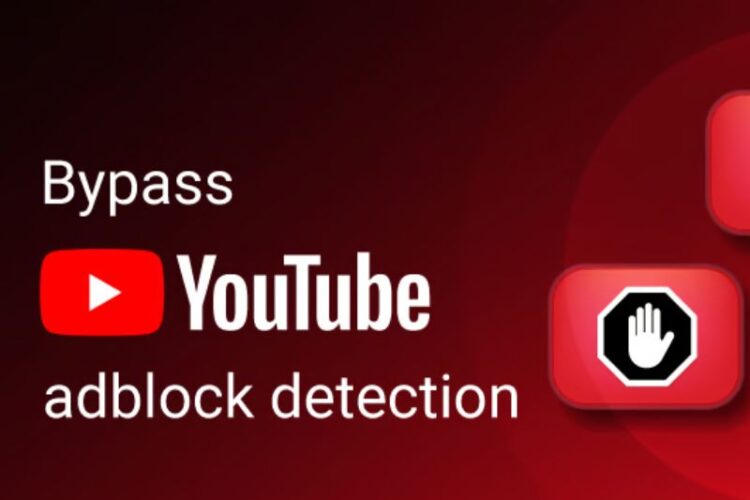In the world of digital marketing, tracking conversions accurately is crucial for improving your campaigns and driving more value from your advertising spend. To ensure you’re getting the most out of your campaigns, upgrading your conversion tracking and enabling auto-apply recommendations can make a significant difference. This process is not only about measuring results, but it’s about making intelligent, automated adjustments to your campaigns that ultimately boost performance. If you are looking for a comprehensive guide to upgrading your conversion tracking and auto apply recommendations, this article will walk you through every essential step.
What is Conversion Tracking and Why Does It Matter?
Conversion tracking is a method of recording actions that visitors take on your website or app after clicking on an ad. These actions could include completing a purchase, filling out a form, or signing up for a newsletter, among others. Without accurate conversion tracking, you cannot measure the effectiveness of your digital marketing efforts, making it impossible to optimize your strategy and increase your return on investment (ROI).
When you upgrade your conversion tracking, you gain more detailed insights into how your audience is interacting with your ads and website. This allows for better decision-making and more effective budget allocation. Essentially, better conversion tracking leads to better campaign outcomes.
But simply tracking conversions isn’t enough. To make real-time improvements to your campaigns, it’s important to utilize auto apply recommendations. This technology leverages machine learning to automatically implement changes to your campaigns based on the data gathered through conversion tracking.
Understanding Auto Apply Recommendations
Auto Apply Recommendations is a feature offered by various ad platforms like Google Ads, designed to help advertisers automate optimization strategies. These recommendations are generated based on your existing campaign data and suggest changes that could improve performance, such as adjusting bids, refining targeting, or revising keywords.
By upgrading your conversion tracking to work seamlessly with auto apply recommendations, you enable the system to automatically implement changes without requiring constant manual oversight. This ensures that your campaigns remain competitive and relevant, even when you’re not actively monitoring them.
Why You Should Upgrade Your Conversion Tracking
Upgrading your conversion tracking can provide a number of benefits. Let’s break down why this is essential for advertisers who want to make the most of their digital marketing campaigns.
1. Enhanced Accuracy and Insights
Upgrading your conversion tracking helps you gather more granular data. With improved tracking methods, you can measure a wider range of conversions beyond simple sales. For example, tracking can include actions such as adding items to a shopping cart, spending time on a specific page, or interacting with a product.
This level of detail helps you understand customer behavior more deeply. With more accurate tracking, you can tailor your marketing efforts based on what users are actually doing on your site.
2. Maximized ROI
When you have a better understanding of how users are interacting with your website and which campaigns are delivering the best results, you can allocate your budget more efficiently. Upgrading your conversion tracking means that you’re no longer guessing about which ads are working and which ones aren’t—you have clear, actionable data to guide your decisions.
3. Better Campaign Optimization
With the right conversion tracking in place, you can run A/B tests, segment audiences, and adjust your campaigns in real time. This dynamic approach ensures your marketing efforts are always optimized, ultimately leading to more conversions and improved sales performance.
How Auto Apply Recommendations Complement Conversion Tracking
Once you’ve upgraded your conversion tracking, the next logical step is to leverage auto apply recommendations. These automated suggestions take the data gathered through conversion tracking and apply machine learning algorithms to make real-time adjustments to your campaigns.
Here’s how auto apply recommendations can work hand in hand with conversion tracking:
1. Automatic Bid Adjustments
One of the most significant features of auto apply recommendations is bid management. Based on the data gathered from your conversion tracking, the system can suggest bid changes to improve your ad performance. For example, if certain keywords or audiences are driving more conversions, the system will automatically increase your bid for those terms to ensure your ads appear in front of the most relevant audiences.
This removes the guesswork from your bidding strategy and ensures your ads are competitive at all times.
2. Keyword Refinement
Auto apply recommendations can also help you refine your keyword strategy. By analyzing your conversion data, the system can suggest keywords that are more likely to drive high-quality leads or sales. Conversely, it can recommend pausing underperforming keywords that are costing you without delivering conversions.
This automated process ensures that you’re only bidding on keywords that generate a return, saving you money and effort.
3. Targeting Adjustments
Auto apply recommendations also analyze your audience and demographic data, suggesting improvements to your targeting settings. For example, if conversion tracking shows that a certain age group or geographic location is generating more conversions, the system might recommend adjusting your targeting to focus on those high-performing segments.
This allows you to allocate your budget more effectively and ensures your ads reach the most relevant audiences.
Key Features of Conversion Tracking Upgrades
To make the most of your conversion tracking upgrade, it’s important to take advantage of the latest tools and features. Here are some of the top features you should consider when upgrading:
1. Enhanced Conversions for Web
Enhanced Conversions for Web is a feature offered by Google Ads that allows you to track actions more accurately across devices. This feature helps ensure that your conversion data is more accurate, even when users switch between devices during their customer journey. With Enhanced Conversions for Web, you can track important actions like purchases, form submissions, and other key events more effectively.
2. Cross-Device Tracking
Cross-device tracking allows you to track how users interact with your ads and complete conversions across multiple devices, whether they start on a mobile device and convert on desktop or vice versa. This provides a more comprehensive view of your customer’s journey and helps you measure the true impact of your ads.
3. Offline Conversion Tracking
Some conversions happen offline, such as phone calls or in-person visits. By integrating offline conversion tracking, you can capture these interactions and tie them back to specific campaigns, ads, and keywords. This is especially valuable for businesses with a physical presence or those that rely on lead forms and consultations.
Steps to Upgrade Your Conversion Tracking and Enable Auto Apply Recommendations
1. Set Up Conversion Tracking
The first step is to ensure that you have conversion tracking properly set up in your advertising platform (e.g., Google Ads, Facebook Ads, etc.). You’ll need to define which actions you want to track (purchases, sign-ups, etc.) and implement the appropriate tracking codes or pixels on your website or app.
2. Integrate Auto Apply Recommendations
Once you’ve upgraded your conversion tracking, you can enable auto apply recommendations within your ad platform. Most ad platforms, including Google Ads, provide an easy-to-navigate interface where you can opt in to receive automated suggestions. These recommendations will be based on your conversion tracking data, ensuring they’re tailored to your specific goals.
3. Monitor and Adjust Settings
After enabling auto apply recommendations, it’s important to regularly review how they’re performing. Although the system makes automated changes, you should still monitor your campaigns and make adjustments as needed. If you see that certain recommendations are not producing the desired results, you can modify or disable them.
Best Practices for Using Conversion Tracking and Auto Apply Recommendations
- Be Transparent with Data: Always ensure that your conversion tracking is accurate. If your data isn’t precise, the recommendations generated may not be effective.
- Review Recommendations Periodically: Although auto apply recommendations are designed to help, reviewing them periodically ensures they align with your overall marketing strategy.
- Segment Your Audiences: Use conversion tracking to segment your audience and apply recommendations to the most relevant groups, ensuring maximum ROI.
- Use Enhanced Conversion Features: Take advantage of features like Enhanced Conversions for Web and cross-device tracking to gain a more holistic view of your conversions.
Conclusion
Upgrading your conversion tracking and enabling auto apply recommendations can transform the way you manage and optimize your digital marketing campaigns. With more accurate tracking and automated optimization, you can ensure that your campaigns are constantly evolving to meet the demands of your audience. By following the steps and best practices outlined in this guide, you’ll be well on your way to improving your marketing performance and achieving better results across your digital advertising efforts.




